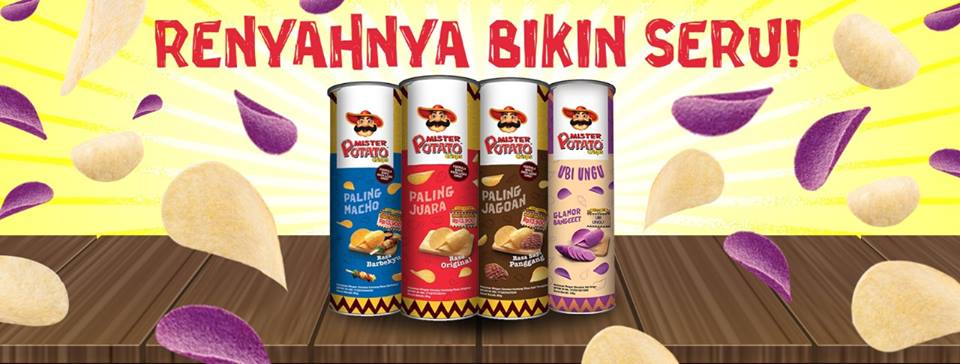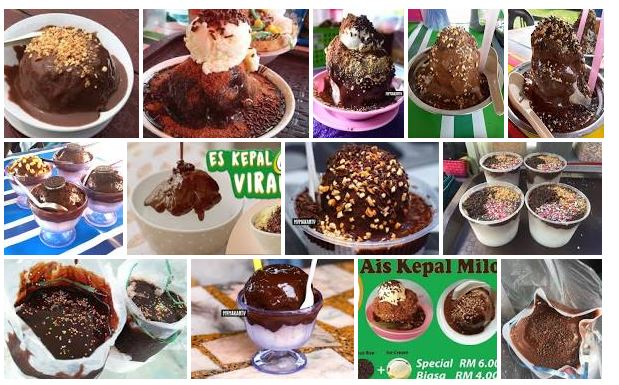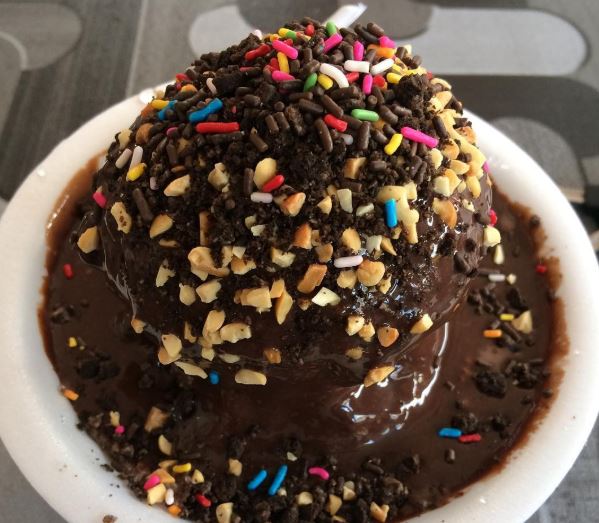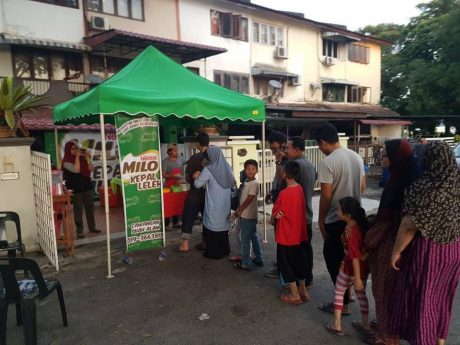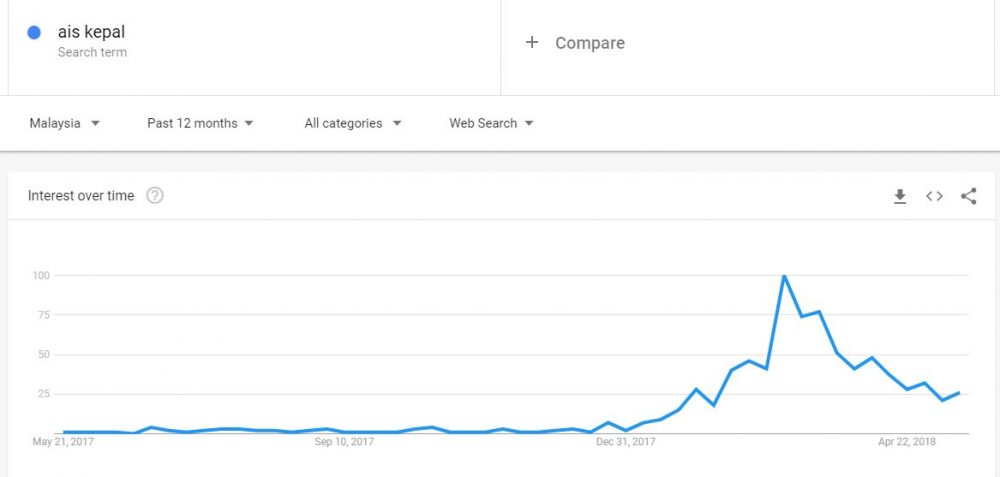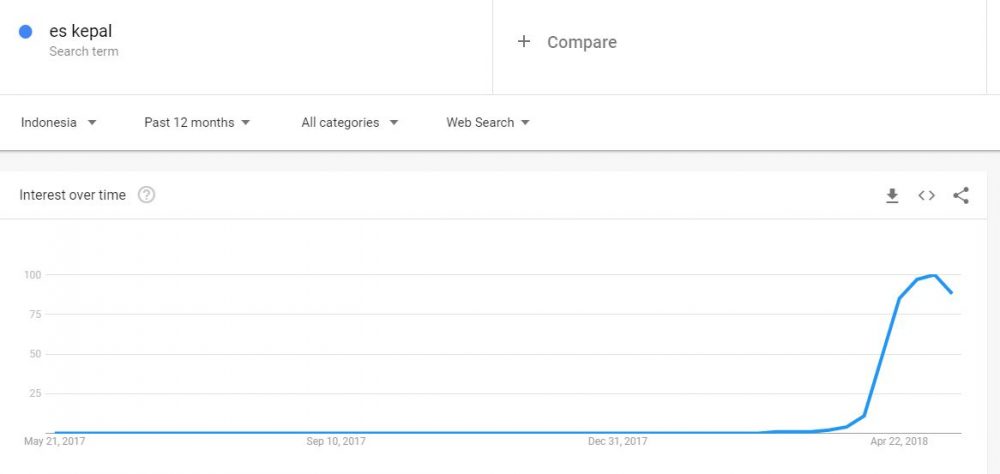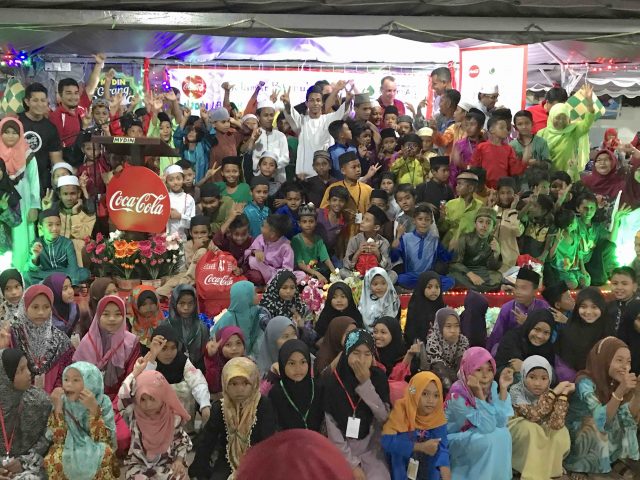Small business owners get mobile tech boost for Ramadan, while underprivileged communities get a hearty meal from Coca-Cola
17 May 2018
Coca-Cola Malaysia will be empowering some 3,000 food stall operators at Ramadan bazaars nationwide this year through its Coca-Cola Komuniti Usahawan (Coca-Cola KU) entrepreneurship programme by using a proprietary mobile application that provides them with basic business training.
About 300 selected participants will also be supported with attractive point-of-sale Coca-Cola merchandise such as aprons, caps, table cloths and menu boards that will make their food stalls stand out at the popular Ramadan food bazaars.
Launched last year in partnership with the Ministry of Domestic Trade, Co-operatives and Consumerism, the Coca-Cola KU training programme is designed to guide budding micro entrepreneurs onto the path of success by providing them the knowledge and training needed to elevate their business.
The programme in Malaysia is part of the company’s global commitment to enable the economic empowerment of 5 million women entrepreneurs across the company’s value chain by 2020 through its 5by20 initiative, where Coca-Cola KU aims to empower 20,000 women entrepreneurs by year 2020. While it is targeted at women, Coca-Cola KU also encourages men to participate.
In the meantime, Coca-Cola has once again teamed up with Yayasan Kemanusian Muslim Aid Malaysia for the latter’s annual charity Fast2Feed programme, which provides thirst quenching drinks, a nourishing meal and seasonal cheer to over 5,000 people from underprivileged communities across Peninsular Malaysia.
One of Muslim Aid Malaysia’s main projects that is solely dependent on donations and charity Fast2Feed will see orphans, children from underprivileged families, residents of aged care homes, Orang Asli and refugees receive break fast meals, food baskets, duit Raya and new clothes so that they too can look forward to the fasting month and Hari Raya.
This year’s event will see the Muslim Aid Malaysia team travelling tirelessly to bring festive cheer to 24 locations in Kuala Lumpur, Selangor, Perak, Penang, Pahang, Kedah, Kelantan, Terengganu, Negeri Sembilan, Melaka and Johor.
As they look forward to the breaking of fast, the children will also be entertained with art and craft activities such as colouring and ketupat weaving. Joining them at each location will be Coca-Cola staff from branches nationwide, who will help serve the break fast meal and run the activities.
A partnership that began in 2010, Coca-Cola continues to support Muslim Aid Malaysia’s charitable work for the underprivileged and this year, to bring a touch of local flavour it is also involving its partners such as Marrybrown, Mydin, Jaya Grocer, Maslee Group, ASTRO, PNB Commercial and Zenith Aim Group to come in with even more goodies to bring more smiles.
“Visiting Ramadan food stalls is a very strong part of Malaysian culture during Ramadan and the bazaars also provide a timely opportunity for micro-entrepreneurs to earn some extra income, so we are very happy to see the ongoing contribution of the Coca-Cola KU programme. And because the breaking of fast is a very special moment of the day during Ramadan, we are also delighted to be able to support and be part of the wonderful work done by Muslim Aid Malaysia to also make it special for those who would not have the opportunity to enjoy it,” said Country Manager, Malaysia, Singapore and Brunei Region, The Coca-Cola Company Ahmed Yehia.
“Our priority is always the children, be they locals or refugees. Seeing them smile at our events will surely trigger happiness among all present. We hope Malaysians from all walks of life will also take part in Fast2Feed,” said Habsah Marjuni, Chief Operating Officer of Muslim Aid Malaysia.
The Coca-Cola Company in Malaysia
In addition to Coca-Cola, one of the world’s most valuable brands, the Coca-Cola system in Malaysia manufactures, markets and distributes over 80 products including sparkling beverages (Fanta, Sprite, A&W, Schweppes), zero-calorie sparkling beverages (Coca-Cola Light, Coca-Cola Zero Sugar, Coca-Cola Stevia, Sprite Zero), juice drinks (Minute Maid Pulpy), teas (Heaven and Earth), isotonic (Aquarius) and water (Dasani).
Coca-Cola has invested RM1 billion in Malaysia since 2010, creating more than 800 jobs and touching over 75,000 customers directly with a total reach of over 200,000 customers across Peninsula Malaysia and East Malaysia. Through its programmes and partnerships Coca-Cola Malaysia aims to make a lasting positive difference in the local community.
From recycling through partnership with the Malaysian Nature Society and Universiti Putra Malaysia (UPM), to working with Raleigh International and Muslim Aid Malaysia to provide access to clean water for more than 22,000 villagers in rural Sabah, and economically empowering women through the Coca-Cola KU entrepreneurship programmes – Coca-Cola is committed to building sustainable communities in Malaysia.
Yayasan Kemanusiaan Muslim Aid Malaysia
Muslim Aid is a non-political and non-sectarian aid and development organisation inspired by Islamic values and works within the parameters of Islam irrespective of religion, colour and creed. Muslim Aid takes special interest in the orphaned, refugees and internally displaced people, communities caught in the cycles of poverty, and survivors of disasters as its beneficiaries.
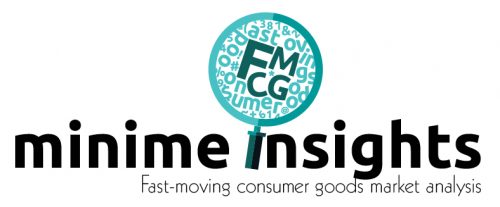
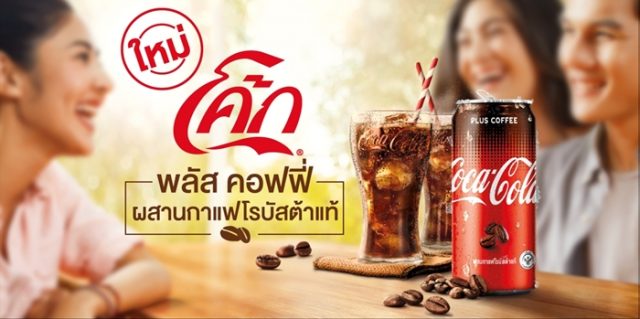
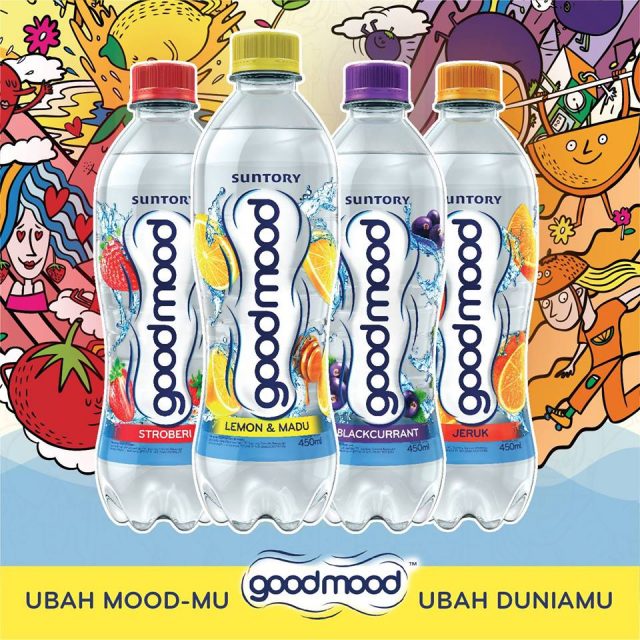
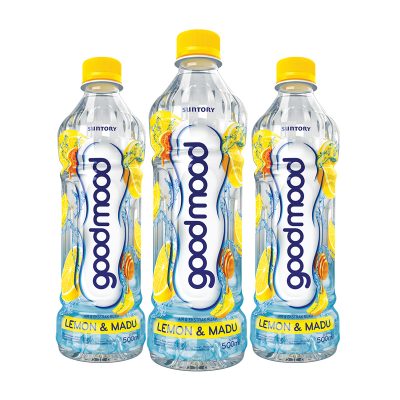
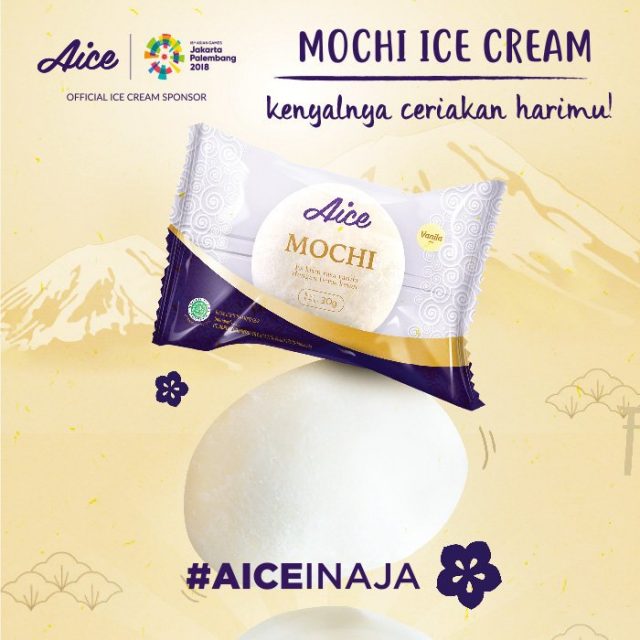
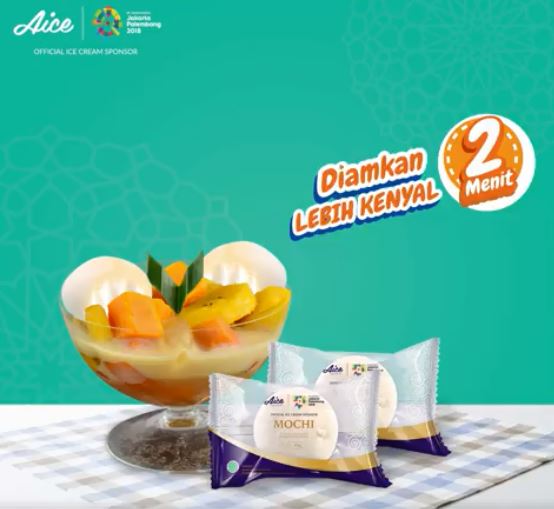
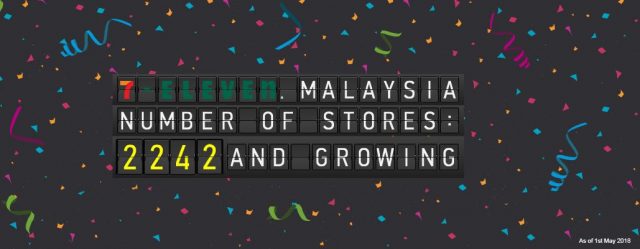
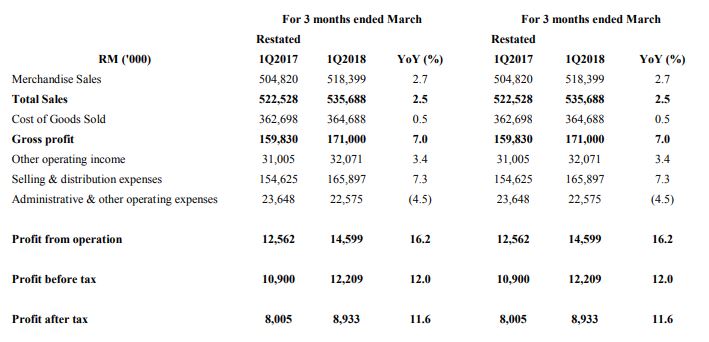
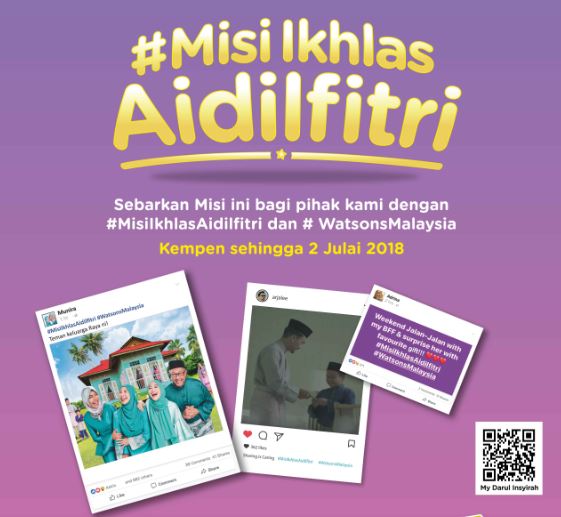
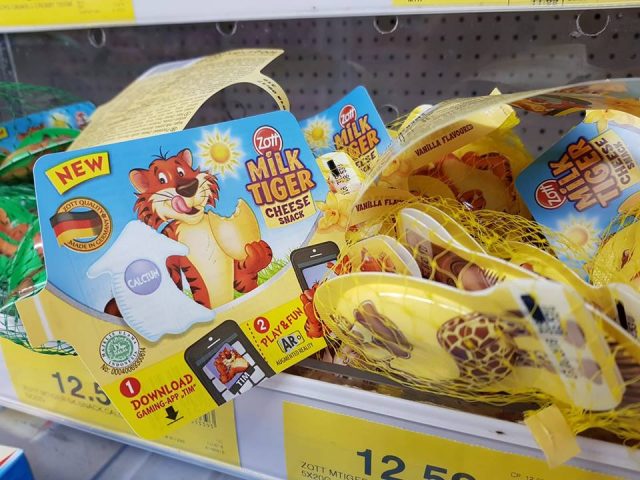
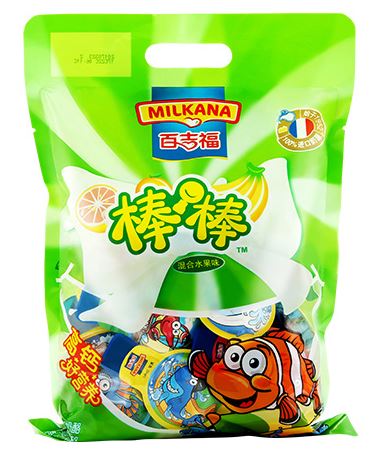
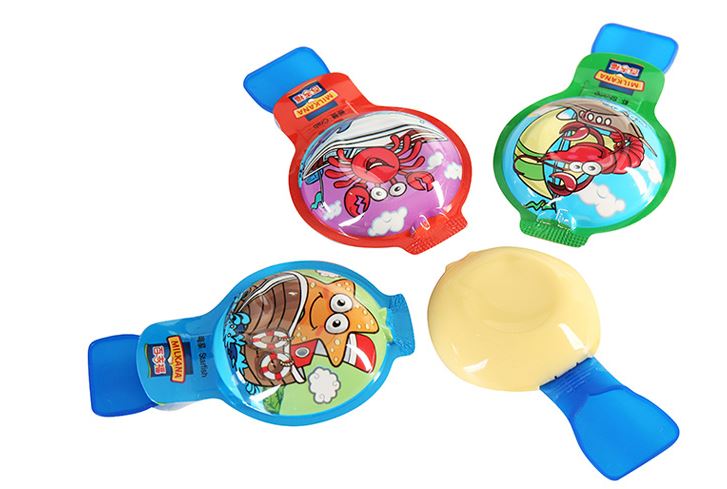
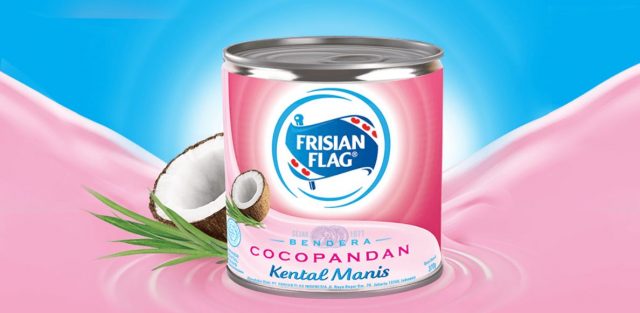

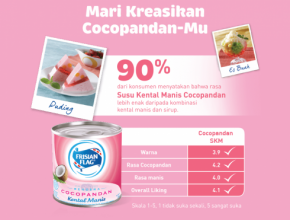 Frisian Flag is using the new product to bridge the taste gap between condensed milk and syrup. This all-in-one product will help consumers save the need to purchase a separate syrup for their desserts, potentially substituting syrup all together.
Frisian Flag is using the new product to bridge the taste gap between condensed milk and syrup. This all-in-one product will help consumers save the need to purchase a separate syrup for their desserts, potentially substituting syrup all together.